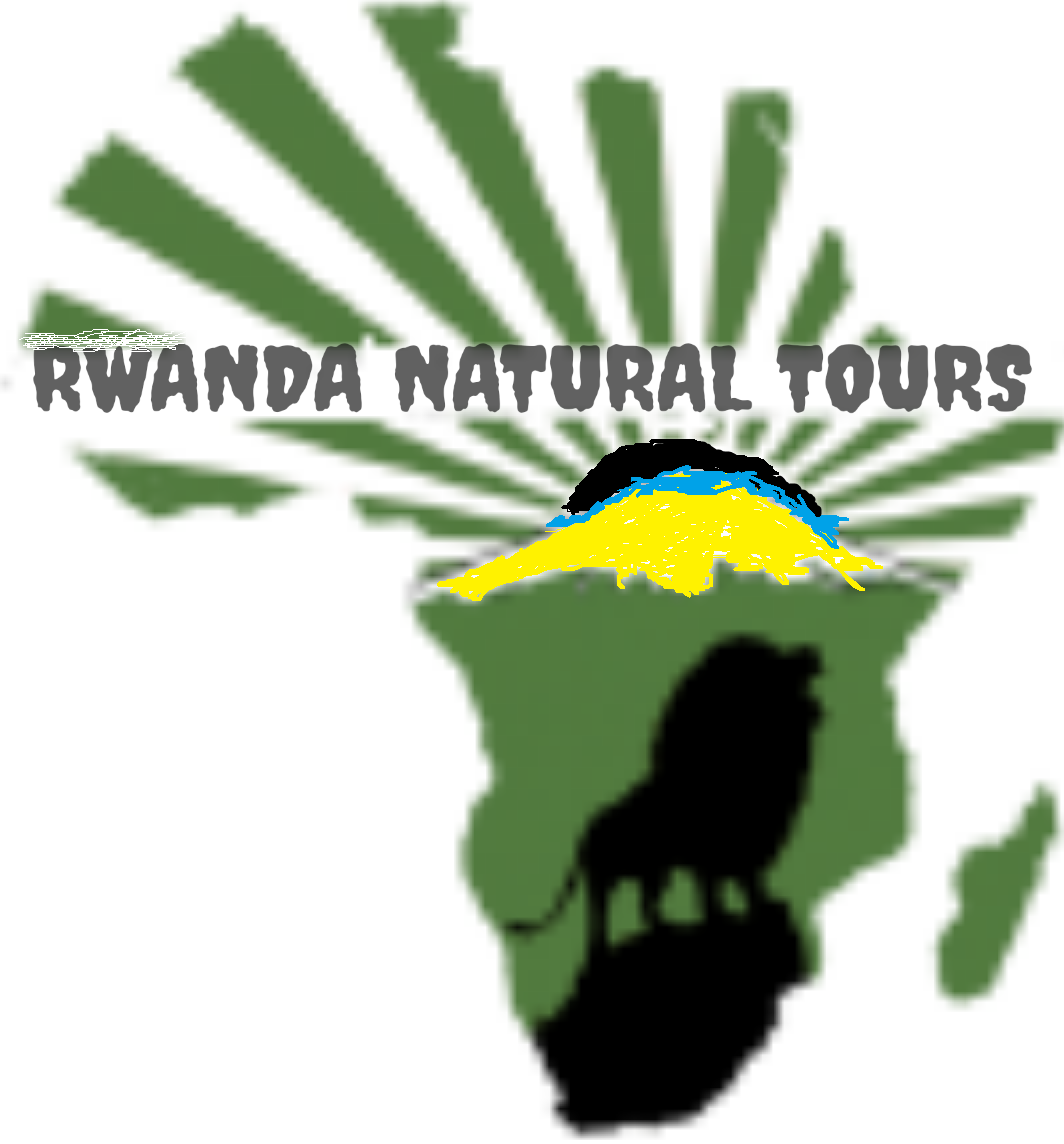
According to the tribe's own oral history, the Maasai originated north of Lake Turkana
(north-west Kenya) in the lower Nile Valley. They began migrating south in the 15th century
and arrived in the long trunk of land stretching across central Tanzania and Northern Kenya
during the 17th and 18 century.
Masai Mara is a large game reserve in Narok County, Kenya, contiguous with the Serengeti National Park
in Mara Region, Tanzania. It is named in honor of the Maasai people (the ancestral inhabitants
of the area) and their description of the area when looked at from afar: "Mara," which is Maa
(Maasai language) for "spotted," an apt description for the circles of trees, scrub, savanna,
and cloud shadows that mark the area.
To get in touch please use the contacts below